Similarities in Early China Compared to Other Ancient Civilizations
VerifiedAdded on 2022/08/24
|6
|1296
|21
Essay
AI Summary
This essay provides a comparative analysis of early China's history with that of other ancient civilizations, including Mesopotamia, Egypt, and India. The essay begins by identifying commonalities such as the development around river valleys, which facilitated agriculture and served as a foundation for societal development. It then delves into specific similarities, such as the use of canals for irrigation, agricultural-based economies, and the prevalence of farming as a primary occupation. The essay also explores cultural exchanges, like trading practices, and the use of silk. The essay also highlights the role of local leaders under an emperor. The study also points out the similarities between the Chinese and Egyptian civilizations, mentioning natural barriers, direct irrigation, and the creation of paper. The essay concludes by emphasizing the shared characteristics and interconnectedness of these early societies, offering insights into their development and interactions.
1 out of 6
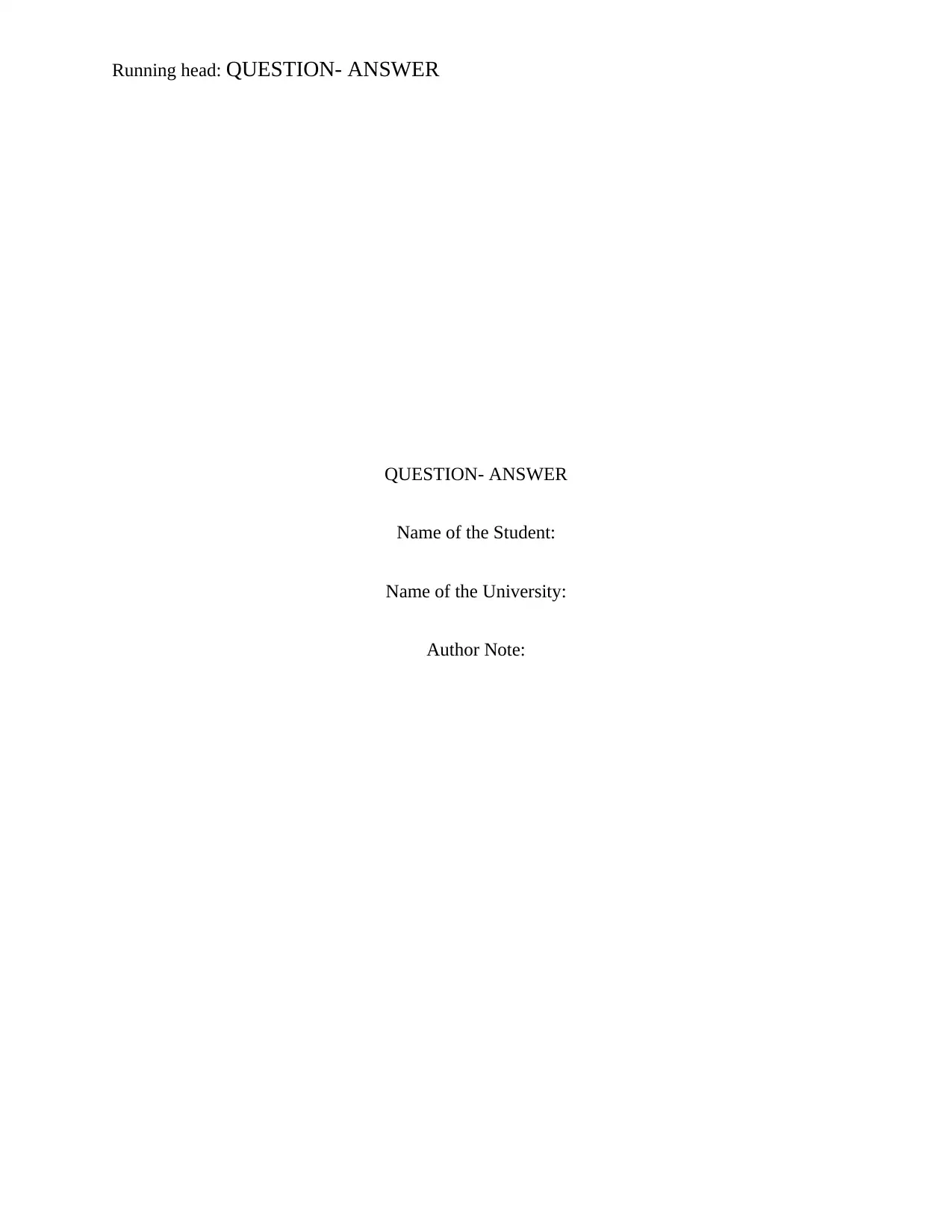
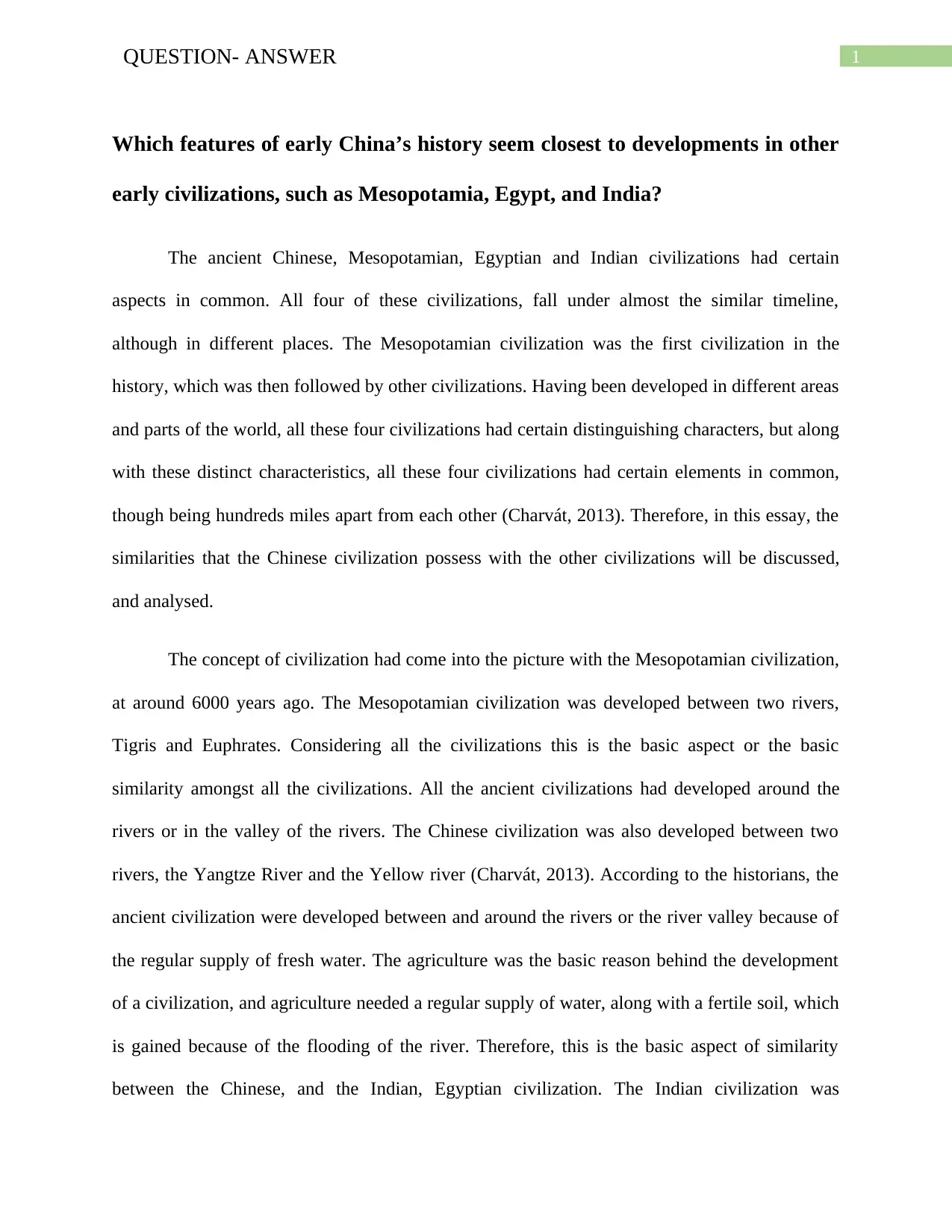
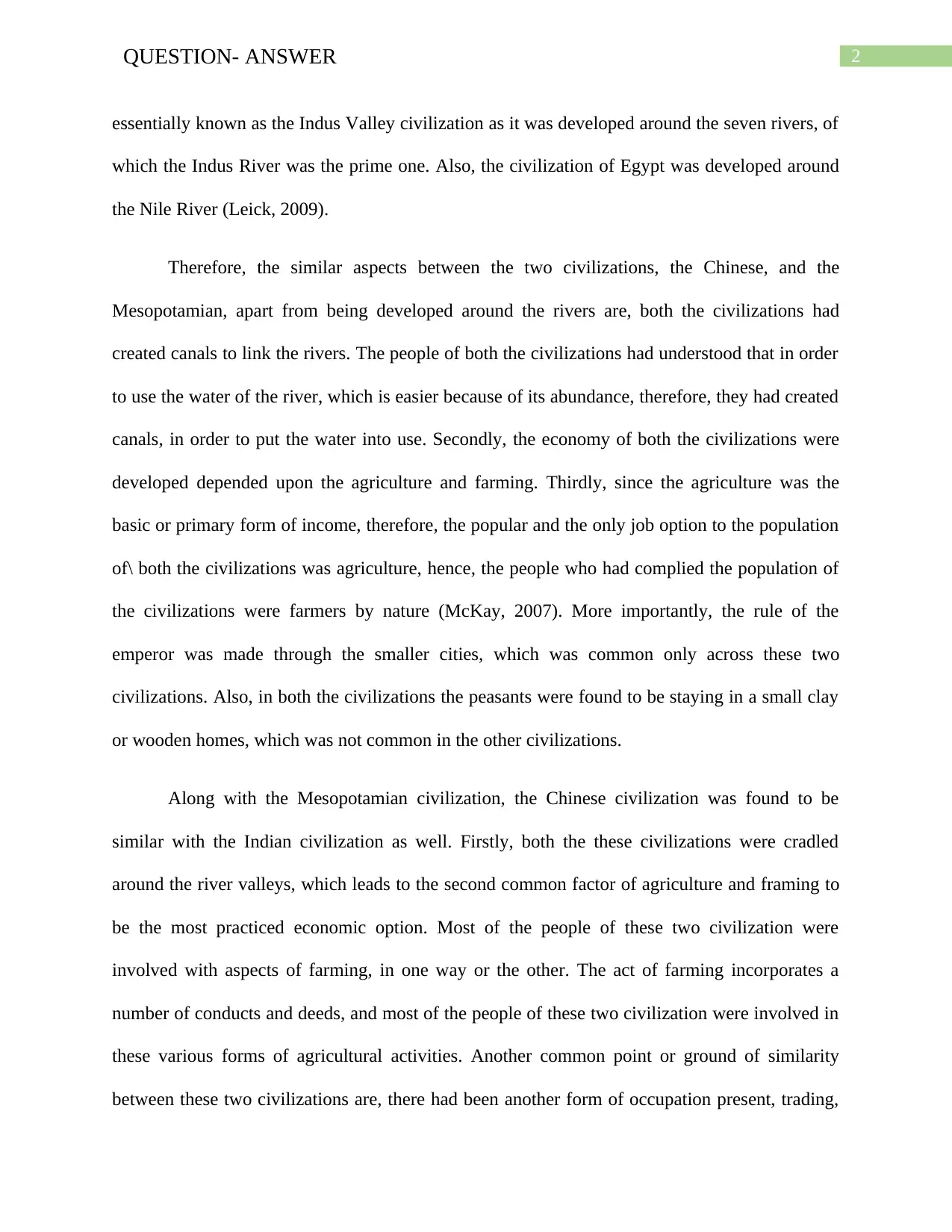
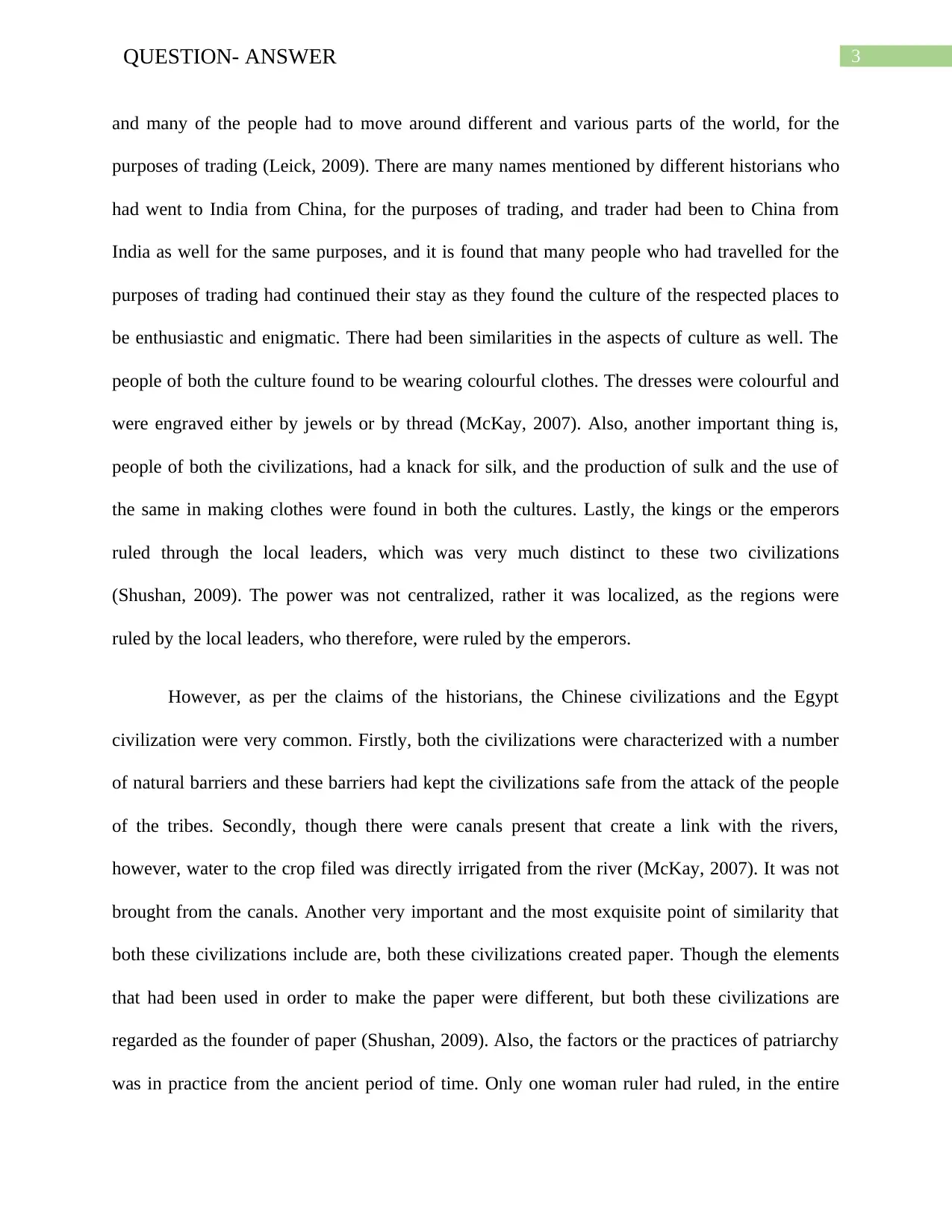

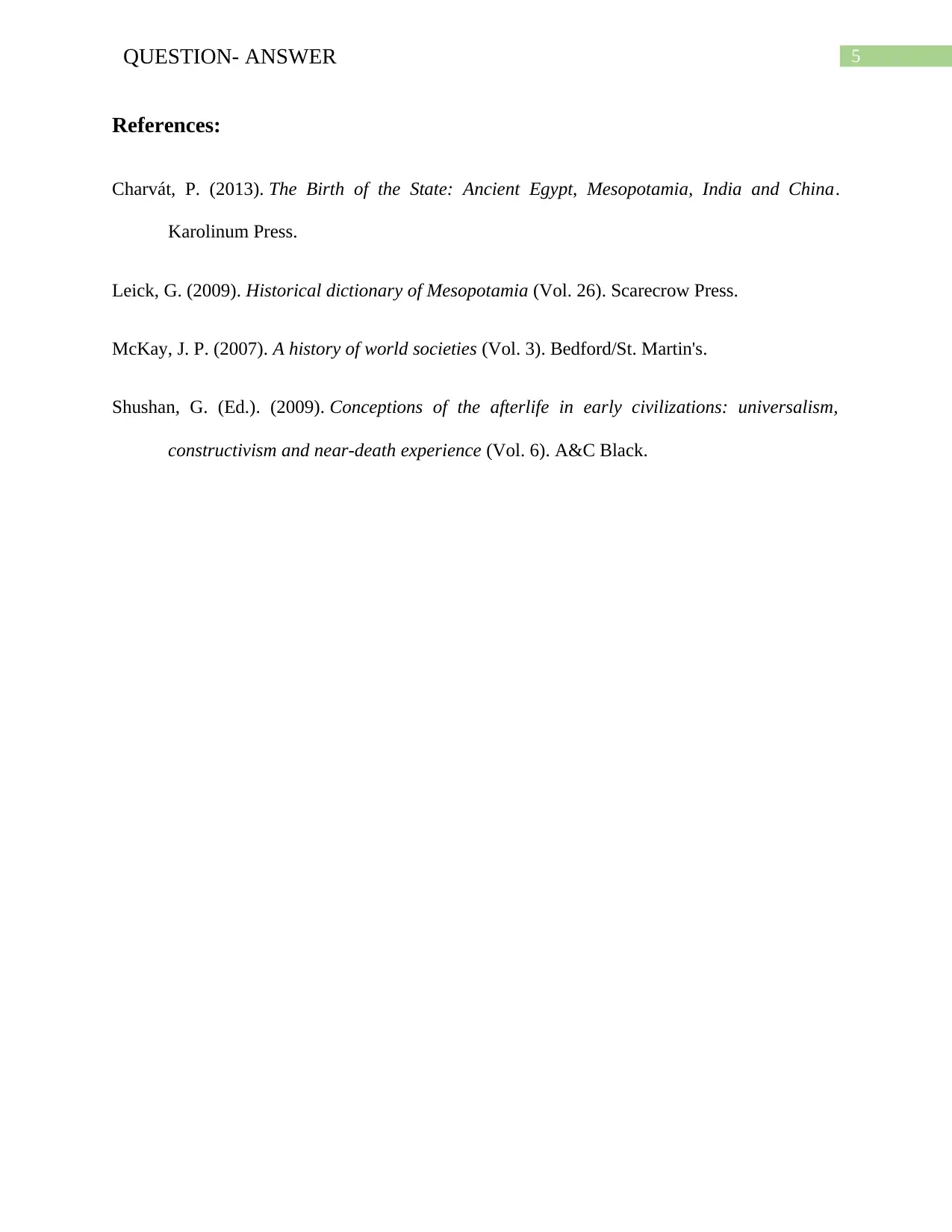




![[object Object]](/_next/static/media/star-bottom.7253800d.svg)